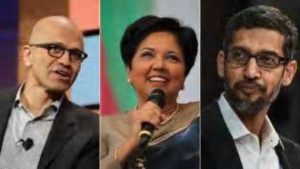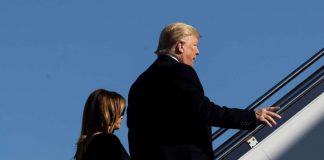JUNE 23, 2020

Pichai came to the US F-1 visa for students. Satya Nadella used the visa programme also, but for an entirely different reason. Indra Nooyi, who was raised in Chennai and went to the Madras Christian College, went on H-1B visa when she joined the Boston Consulting Group in 1980 (HT Photo)
Sundar Pichai started out on H-1B and went on to head Google, the giant of most things internet. Indra Nooyi’s H-1B was one of the many stepping stones to the top of Pepsi.
Satya Nadella used the visa programme also, but for an entirely different reason. Not to further his career, but his personal life. He gave up his Green Card — yes, he did — and went on H-1B so his wife could join in in the United States. Immigration rules then, as now, make it very difficult for foreigners to join Green Card spouses, without going through a long and uncertain process.
So Nadella gave up his permanent residency and switched to H-1B in 1994, a year after he got married and four years after the new visa programme was introduced for high skilled workers in 1990.
“What I didn’t expect was the instant notoriety around campus,” Nadella wrote in his 2017 memoir “Hit Refresh, “”Hey, there goes the guy who gave up his Green card’.”
H-1B can do that to, help married couples unite.
But for most people like Pichai and Nooyi, H-1Bs have been a gateway to work, live and prosper in the United States.
Pichai came to the US F-1 visa for students; from IIT Kharagpur to Stanford University, California. He went on H-1B visa at McKinsey, and then went on to Google, which he has headed since 2015.
Indra Nooyi, who was raised in Chennai and went to the Madras Christian College, went on H-1B visa when she joined the Boston Consulting Group in 1980, according to Business Insider. It was not immediately clear if she was on H-1 at the time, instead. H-1B would be born 10 years later by the Immigration Act of 1990 by splitting H-1 into two — H-1A for nurses and H-1B for “speciality.
Courtesy/Source: Hindustan Times










































































































